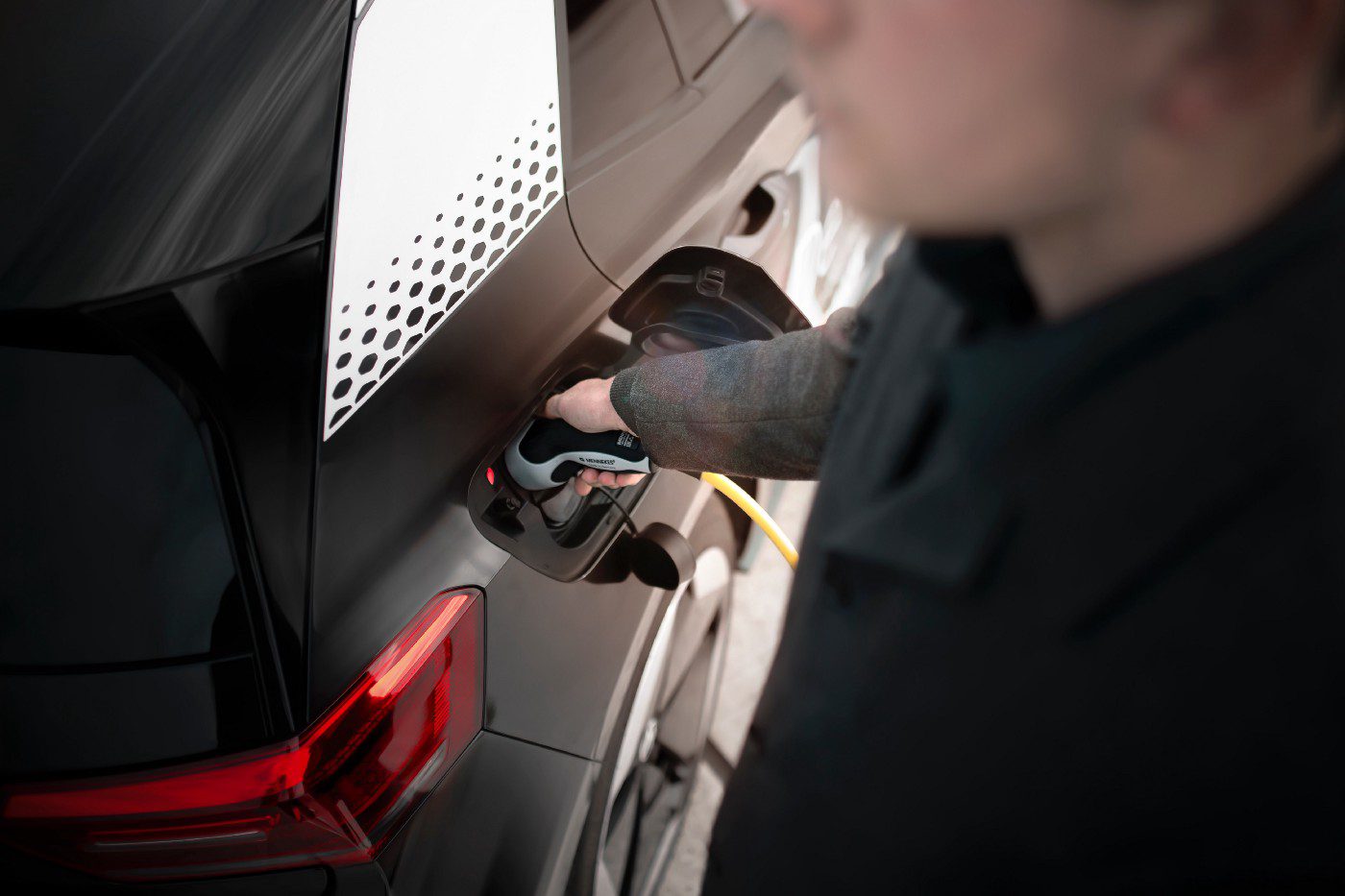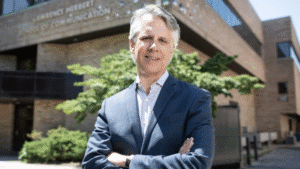By Megan Naftali
In the battle against climate change, Long Islanders are moving steadily toward electric vehicles. More than 15,500 EVs are on the road in Suffolk County and over 13,000 in Nassau County, comprising about 30% of New York State’s registered EVs, according to EValuateNY.
Drive Electric Long Island is a coalition of EV stakeholders dedicated to accelerating the adoption of electric vehicles on the Island and development of the EV infrastructure to support that adoption, according to Rosemary Mascali, the group’s Education and Outreach Committee chair.
“We have about 2 million registered vehicles in Nassau and Suffolk, and they are a major source of the pollution in our air quality, so by moving to electric, we remove all local emissions from the vehicles,” Mascali said. “The electrification of transportation would reduce the emissions from the transportation sector. Right now about 30% of the greenhouse gases on the Island are from transportation. You can’t really address climate change without addressing transportation, as well.”
New York Gov. Kathy Hochul announced earlier this year two projects that Long Island will compete for under the $85 million New York Clean Transportation Prizes program, according to the State Energy Research and Development Authority.
“These projects, if fully funded, could advance solutions to reduce air pollution, enhance electrification and grow mobility options in underserved communities on Long Island,” NYSERDA said.

There are three types of chargers that can be used to charge an EV. Level 1 is the standard outlet that most people have in their homes. Additionally, there are 442 level 2 ports and 241 DC fast chargers on Long Island. These charging stations are spread out across more than 250 locations on Long Island, according to NYSERDA. People can also have higher levels than 1 installed in their homes, according to Mascali.
“Under programs EV Make Ready, Charge NY and EVolve NY, the state is rapidly multiplying the number of charging stations available. These programs are designed to get 850,000 zero-emission vehicles on the road by 2025 and expand electric vehicle charging infrastructure,” NYSERDA said. “The Long Island Power Authority, with its service provider, PSEG Long Island, have a goal to support 180,000 new EVs on Long Island with 4,745 new EV charging ports by 2025.”
“For Long Island, most people say, ‘Oh, there aren’t enough chargers out there,’ [but] most recharging is going to be at home because it’s more convenient and it’s going to cost less,” Mascali added.

Different chargers also have different connectors, which are the part of the charger that plug into the vehicle. “The connectors are based on standards that were developed, so in the beginning, there were different connectors that were formed for different standards, so the one you’ll see mostly now, particularly in the U.S., is the CCS standard, and that is for the DC fast charging,” Mascali said. “For the Type 1 and Type 2 charging, it’s a Type 1/J1772 plug.”
Tesla owners can use all the chargers with different connectors, but non-Tesla owners can use all types except the Tesla connectors.
Tesla has “their own plug because they developed fast charging before everything was standardized, and they have their own network of fast chargers, ‘super chargers’ they call them. They developed their own standard, so if you have a Tesla, you can use charging stations with this plug, or some Tesla owners buy an adapter and can use the standard network of DC fast chargers that are out there,” Mascali said. “If you have a non-Tesla EV, then you can only use [other standard connectors] because Tesla doesn’t allow other vehicles to use their proprietary network.”
Aside from being better for the environment, driving an EV offers benefits for the driver. “If you have an electric vehicle, you are eligible for a Clean Pass, and you can use the HOV lane, even if you’re not a car pooler. You also get 10% off your tolls on E-ZPass if you have an EV,” Mascali said.
HOV stands for high-occupancy vehicle. To drive in an HOV lane on the highway, you must have at least two or three people in the vehicle, depending on the road, or you can drive an EV, according to the New York City Department of Transportation. HOV lanes are often less congested than others.
There’s no transmission, there’s no carburetor, there’s no catalytic converter, there’s no spark plug, there’s no oil.
Rosemary Mascali, Drive Electric Long Island
Another upside to an EV, according to Mascali, is the reduced maintenance cost compared to a fuel vehicle. “There are so many fewer moving parts on an electric vehicle than an internal combustion engine [vehicle]”, Mascali said. “There’s no transmission, there’s no carburetor, there’s no catalytic converter, there’s no spark plugs, there’s no oil, you know all of those things require maintenance over time, and a study that was done shows that it’s worth about $5,000 reduced maintenance costs over a 10-year period.”
Many people are concerned about the cost of purchasing an EV, but Mascali noted that prices are starting to decrease. “The battery is the biggest component of the cost of an electric vehicle. Those battery costs have been steadily coming down, so while they’re not equal, they are much closer,” Mascali said.
Additionally, New York State offers a federal tax credit up to $7,500 and a Drive Clean Rebate up to $2,000.

Jacob Kraniak, founder of Long Island EVs, said he does not think government incentives are the solution to encourage the adoption of EVs. “I don’t believe that government incentives are an effective long-term solution for the transition to sustainable energy,” Kraniak said. “A bigger benefit to the overall economy would be to eliminate and drastically reduce government subsidies for fossil fuels, which would naturally encourage more to switch to electric as it becomes much more economically viable.”
Kraniak made the switch to a plug-in hybrid in 2019. He had previously owned a Nissan Xterra X and decided to purchase a hybrid owing to high fuel costs.
Kraniak spent “around $400 to $500 a month just in gas for that commute,” he said. “After researching, I found that I could spend less per month on a car payment plus fuel costs [than] I was spending just solely for fuel on the Nissan.”

Mario Maltese drives a Tesla Model X. “It’s a completely different experience,” Maltese said. “It’s something that once you drive for about 15 minutes, you tend to get the impression of ‘how could I ever drive an internal combustion engine again?’”
Maltese said he believes the EV is the perfect fit for him. “I have a single-family home, and I put a charging port right on my driveway, so for me it’s the ultimate convenience,” he said. “I just back the car in when it needs a charge. I have it programmed to charge starting at midnight so I’m paying the lowest possible electric rates.”







